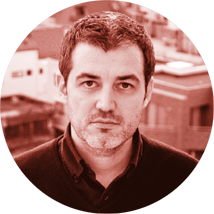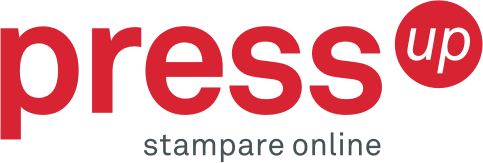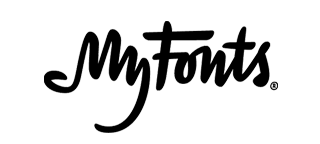Conference
June 5, 2015

You can see her latest fonts on her website and follow her on twitter.
What makes a script typeface look natural, organic, authentic? It’s not the style, the curves, the simplicity, or the complexity. It is the imperfections. It’s natural to want to tame these flaws when creating a typeface, but it is these very imperfections that give the design its feel of humanity. How far do we go with our 'fixes?' What are the other challenges and considerations when designing a script typeface and what options are available to the designer and end-user to achieve the desired look of authenticity? In this talk, I will take you through my personal journey of typeface design and how I’ve answered these questions and more.

You can see follow his thoughts about typography on Dalton Maag blog where you can see also his latest works
Type design and font development used to be relatively easy until about 10 years ago. Then digital exploded with the introduction of mobile devices and all of a sudden it was not so easy anymore to make type. The presentation explores what needs to be considered when designing type for a digital world, to make it work across different applications and environments, and maintaining the aesthetic integrity. But more importantly, the presentation explores that simply having a font development tool isn't enough. Bruno Maag illustrates that today training is all important to ensure continuous high quality type and consistent fonts for a digital and global world.

You can follow Vitaly activities on Smashing Magazine
When it comes to Web fonts, loading time can be quite a headache. A blank canvas with a few background colors and link underlines is what users usually see on websites, especially when the network connection is suboptimal. There are smart ways to improve web fonts performance and start rendering pages faster, without compromising on the quality of Web typography. In this talk, Vitaly will be talking about a few strategies and a few practical techniques to deliver content faster, load Web fonts faster and deal with them across both modern and legacy browsers in mobile and desktop devices.

You can see her latest jobs on her website
What lies beneath most typographic design? Right, text, and thus most often: type. What typefaces are out there? How do they differ? How do I find the right ones? Where can I “get” them and what am I allowed to do with them? What should I keep in mind when designing for the screen? What is legibility, what readability, and why is everyone talking about them all the time? To Indra, choosing typefaces is the most interesting part in the design process (also looking at typefaces and talking about typefaces all day). With this talk she hopes to get you excited about the abundance of great fonts out there, too, and that you will look beyond the usual suspects next time you need some.

More about Tobias’ articles, interviews, lectures, exhibitions and awards here
This talk will present ongoing research into the use of letterforms as a means of security for citizens and governments alike, thwarting forgery in plain sight and in secret. Some strategies have relied on high-profile collaborations, and others on home-grown cunning. Interwoven is a story of war and peace, technology, culture and economics. The narrative will focus on American banknotes from the Colonial period to the present day, with additional examples of government permits and lottery tickets.

You can follow Nicholas activities on his website
Since 2005, Nicholas Felton has been using data visualization techniques to create Annual Reports that describe his life. Recently, Nicholas Felton attempted to capture a year of his communication exchanges... conversations, phone calls, physical mail, email, SMS and chat messages. 'Too Big to Fail' describes this endeavor, as well as the privacy and design challenges of working with this data in the age of the NSA eavesdropping revelations.

You can follow him on twitter via @reichenstein or iA accounts
For developers, the motivation to build so called 'Multi Tier' system architectures is to physically separate the main parts of the system. This allows upgrading or replacing any part of its structure without having to change the whole setup. The most common variant is the three tier architecture that differenciates between presentation, logic and data. iA uses a similar approach for creating information systems. In his speech Oliver will explore the role of typography in multi tier information architecture.

You can ses Marco's works on his website
How many ways you know to tell a story? You can do it using words, videos, comics, illustrations, facts and datas.. or you can use them all, creating new scenarios of perception that involve different media. This is visual storytelling: a new way (maybe not) of sharing contents. Through his works, Marco Goran Romano, will show you how mixing the skills of a graphic designer with the ones of an illustrator and a type designer can achieve the creation of stunning visualization able to seduce readers.



















